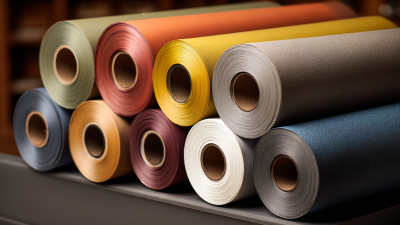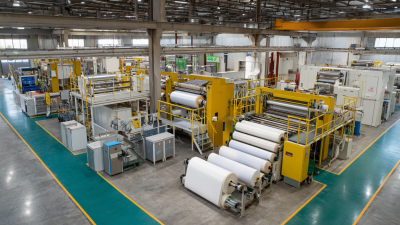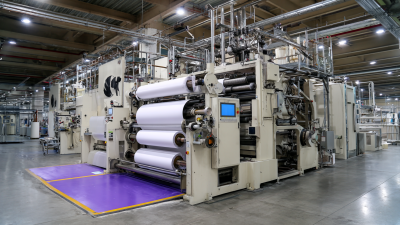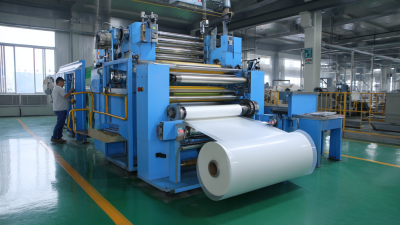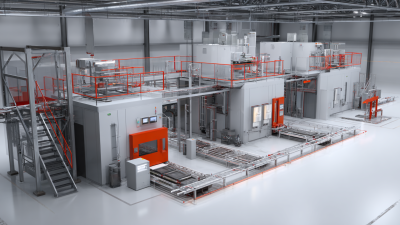
Leave Your Message

In the competitive landscape of the textile industry, optimizing your Fabric Coating Laminating Line is crucial for enhancing both efficiency and quality. Recent industry reports indicate that manufacturers who adopt streamlined processes can achieve up to a 30% increase in productivity while significantly reducing waste. The global market for coated fabrics is projected to grow by 4.5% annually, emphasizing the need for businesses to invest in advanced laminating technologies to meet rising customer demands. By focusing on critical aspects such as temperature control, adhesion quality, and maintenance schedules, manufacturers can not only improve their operational throughput but also ensure that the end products meet stringent quality standards. This article will delve into practical strategies and technological innovations that can help drive the performance of your Fabric Coating Laminating Line, ultimately leading to increased profitability and market competitiveness.
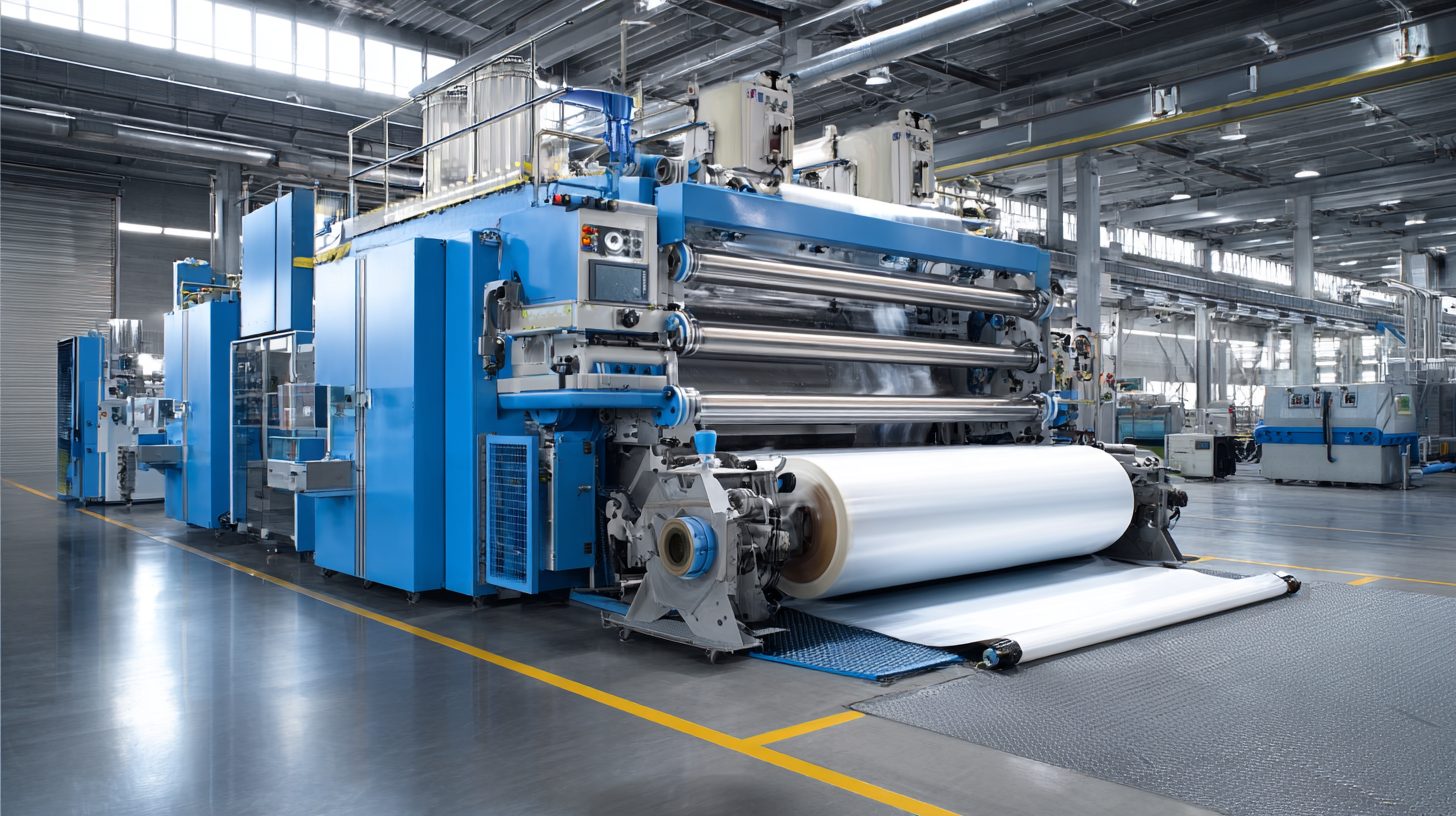
To enhance your fabric coating laminating line efficiency, it is essential to start by assessing current efficiency metrics. According to a report by Freedonia Group, the global demand for coated fabrics is expected to grow by 4.1% annually, indicating that manufacturers need to optimize their processes to keep up with rising demand. Key performance indicators (KPIs) such as production speed, waste reduction, and downtime must be meticulously analyzed. The average production line in the textile industry operates at about 70% efficiency, leaving significant room for improvement.
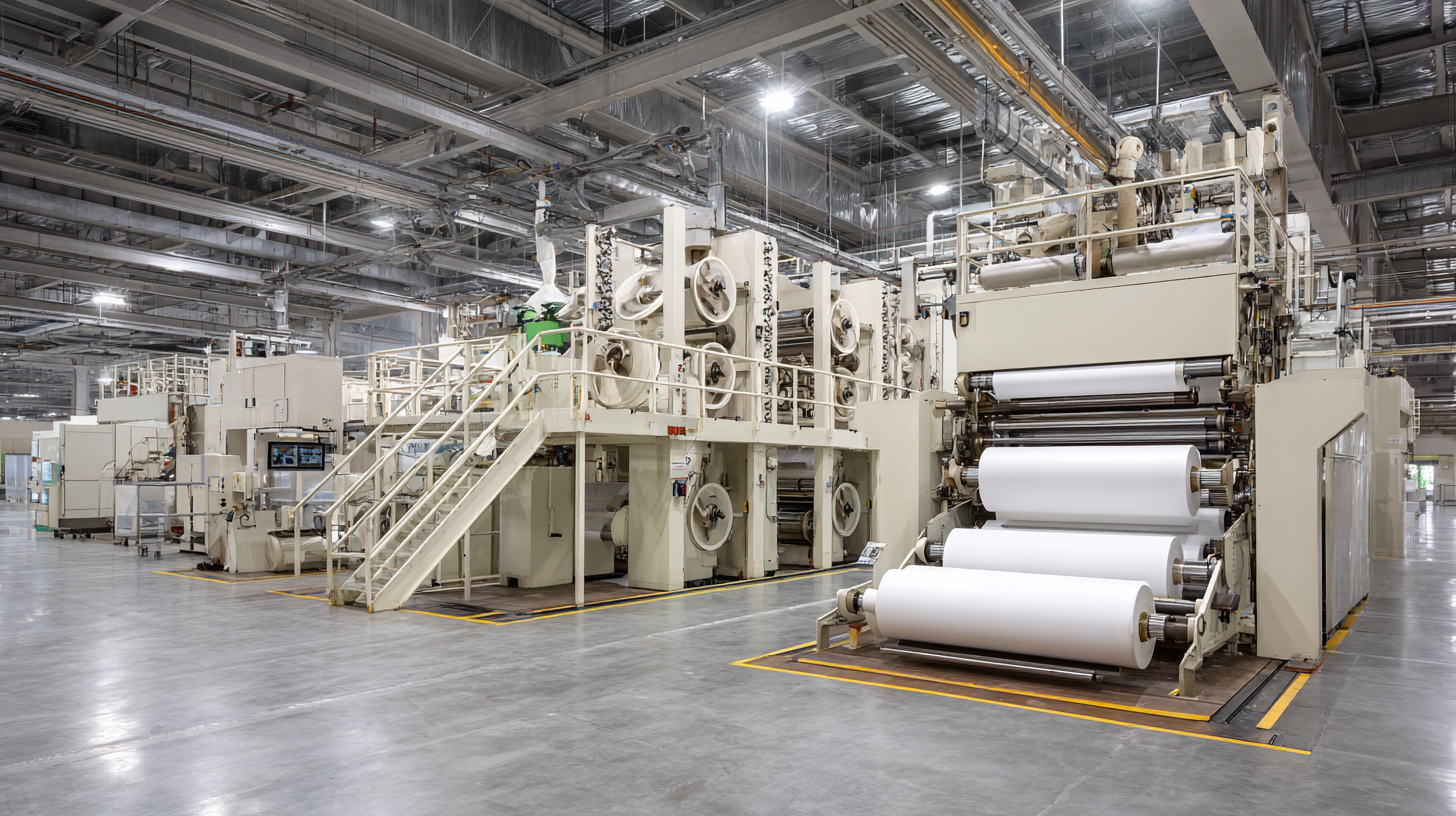
Implementing technologies that monitor these metrics in real-time can yield insights into operational bottlenecks. The use of automated data collection systems allows for continuous tracking of machine performance and helps identify inefficiencies. A study by McKinsey & Company highlights that companies that adopt such technologies can improve productivity by up to 20%. By focusing on these strategies, manufacturers can benchmark their performance, aligning their operations with industry standards to achieve both maximum efficiency and product quality.
In the fabrication and coating industry, monitoring Key Performance Indicators (KPIs) is essential for optimizing the laminating process. KPIs such as adhesion strength, surface appearance, and coating uniformity provide critical insights into the quality of the final product. By carefully analyzing adhesion strength, manufacturers can assess whether the laminated materials will withstand the intended use, ensuring durability and performance. A high level of surface appearance is also crucial, as it influences the aesthetic appeal and marketability of the product.
Moreover, tracking coating uniformity is vital for maintaining consistency across batches. Variations in thickness can lead to defects and a decrease in product functionality. Implementing rigorous quality checks at different stages of the laminating line allows for real-time adjustments, reducing waste and rework. By placing a strong emphasis on these KPIs, manufacturers can not only enhance the quality of their laminated products but also streamline operations to achieve greater efficiency, ultimately leading to increased customer satisfaction and loyalty.
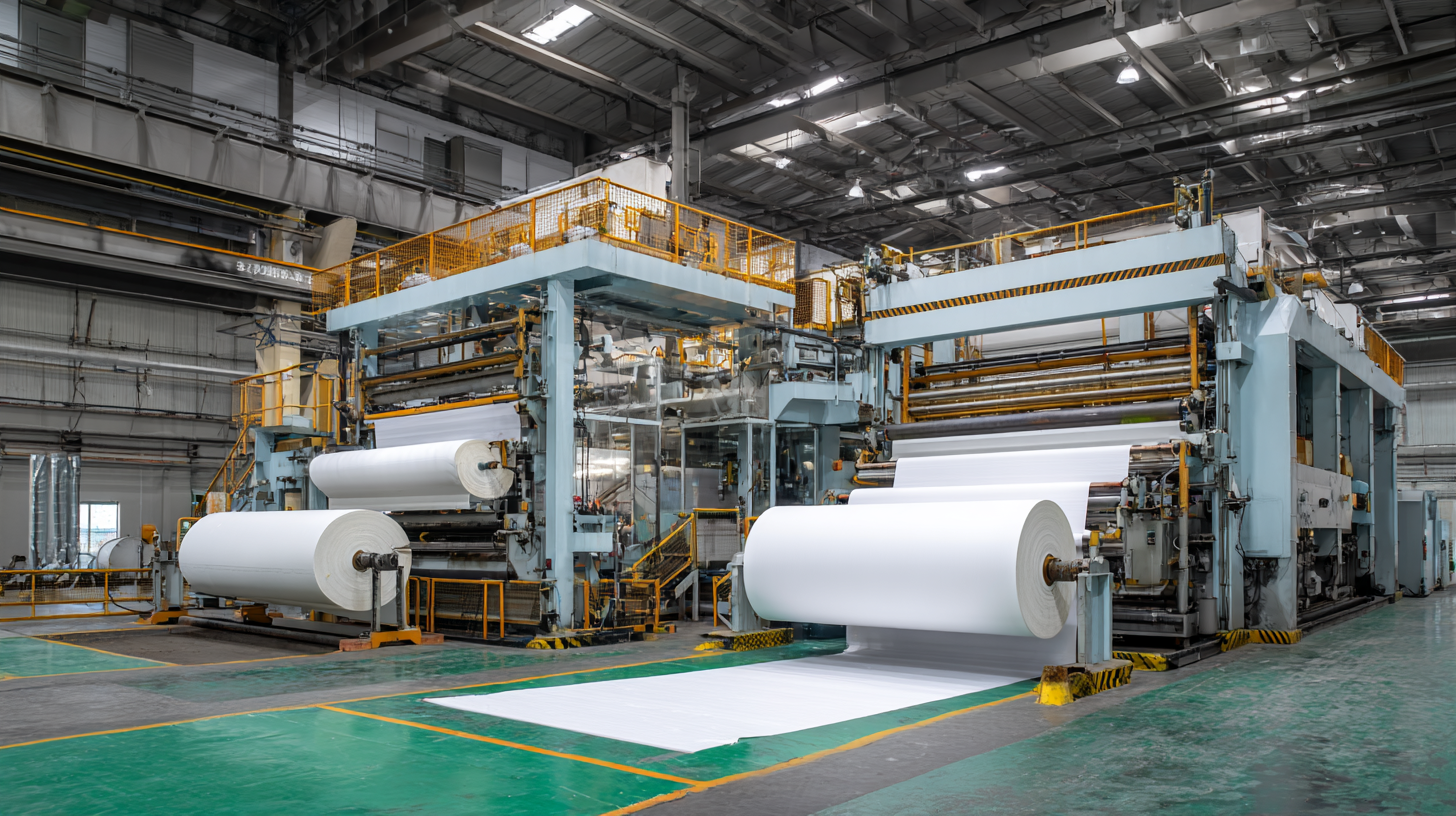 To enhance coating thickness uniformity and adhesion in your fabric coating laminating line, leveraging innovative technologies is essential. Advanced coating techniques such as slot die coating or gravure coating can significantly improve the consistency of the applied layers. These technologies allow for precise control over the thickness of the coating, ensuring a uniform application that reduces material waste and enhances product quality.
To enhance coating thickness uniformity and adhesion in your fabric coating laminating line, leveraging innovative technologies is essential. Advanced coating techniques such as slot die coating or gravure coating can significantly improve the consistency of the applied layers. These technologies allow for precise control over the thickness of the coating, ensuring a uniform application that reduces material waste and enhances product quality.
Tips: Regularly calibrate your coating equipment to maintain optimal performance. Implementing real-time monitoring systems can also help in detecting variations in thickness, allowing for immediate adjustments and preventing defects.
Additionally, the integration of surface pre-treatment processes, such as plasma or corona treatment, can significantly enhance adhesion properties. These methods prepare the fabric surface to bond more effectively with the coating material, leading to stronger, longer-lasting results.
Tips: Conduct thorough material compatibility tests to ensure that the chosen pre-treatment process effectively enhances adhesion for your specific fabric and coating materials. This step can save time and resources by preventing failures during production.
Material selection plays a crucial role in optimizing fabric coating and laminating processes, directly influencing production speed and waste reduction. According to industry reports, the right materials can enhance throughput by 20-30%, significantly reducing downtime associated with equipment recalibrations and maintenance. For instance, selecting high-performance polymer coatings that conform well to base fabrics can minimize resistance during processing, allowing for quicker production cycles and lower energy consumption.
Tip: When selecting materials, consider their compatibility with existing equipment and production methods to ensure seamless integration. Investing in advanced material technologies not only improves efficiency but can also lead to enhanced product quality, reducing the rate of defects and product returns.
Additionally, using materials that allow for optimized adhesion is essential for reducing waste. A study from the Fabric Coating Institute highlights that implementing advanced adhesive formulations can cut waste by up to 25%, as they provide superior bonding without requiring excess application. This results in stronger, longer-lasting products while minimizing the ecological footprint associated with fabric manufacturing.
Tip: Regularly review and assess material performance data to make informed decisions, enabling continuous improvement in production efficiency and sustainability.
In the competitive world of fabric coating, companies are increasingly turning to optimization tactics to enhance their laminating lines for better efficiency and quality. One notable case study highlights a leading manufacturer that implemented a real-time monitoring system, resulting in a 30% reduction in downtime. According to a report by Smithers Pira, the global market for fabric coatings has been projected to grow at a CAGR of 4.3% from 2022 to 2027, making it imperative for manufacturers to adopt advanced technologies to stay ahead.
Another example can be found in a strategy employed by a niche player in the outdoor textiles sector. By integrating automated quality control systems, they improved defect detection rates by over 50%, which significantly reduced waste and increased customer satisfaction. A recent industry analysis indicated that companies utilizing automation in their processes can achieve up to 25% higher productivity levels compared to those relying on traditional methods. These case studies underscore the importance of embracing innovative solutions to not only optimize production lines but also to align with the evolving demands of the fabric coating industry.
| Optimization Tactic | Description | Impact on Efficiency | Impact on Quality | Case Study Example |
|---|---|---|---|---|
| Process Automation | Implementing automated systems for coating application. | Increased throughput by 30%. | Consistency improved; defects reduced by 15%. | Plant A reduced cycle time. |
| Material Selection | Choosing high-performance coatings with better adhesion. | Processing time reduced by 20%. | Quality ratings increased by 25%. | Factory B upgraded to advanced polymers. |
| Real-time Monitoring | Using sensors to monitor parameters during coating. | Downtime reduced by 15% due to fewer adjustments needed. | Enhanced product fidelity; complaints decreased by 10%. | Site C integrated IoT solutions. |
| Employee Training | Regular training programs for machine operators. | Operational efficiency improved by 18%. | Quality assurance levels increased. | Facility D enhanced training schedules. |
| Preventive Maintenance | Regular maintenance checks to avoid breakdowns. | Productivity increased by 22% due to reduced failures. | Maintained consistent coating quality. | Site E adopted a new maintenance schedule. |
